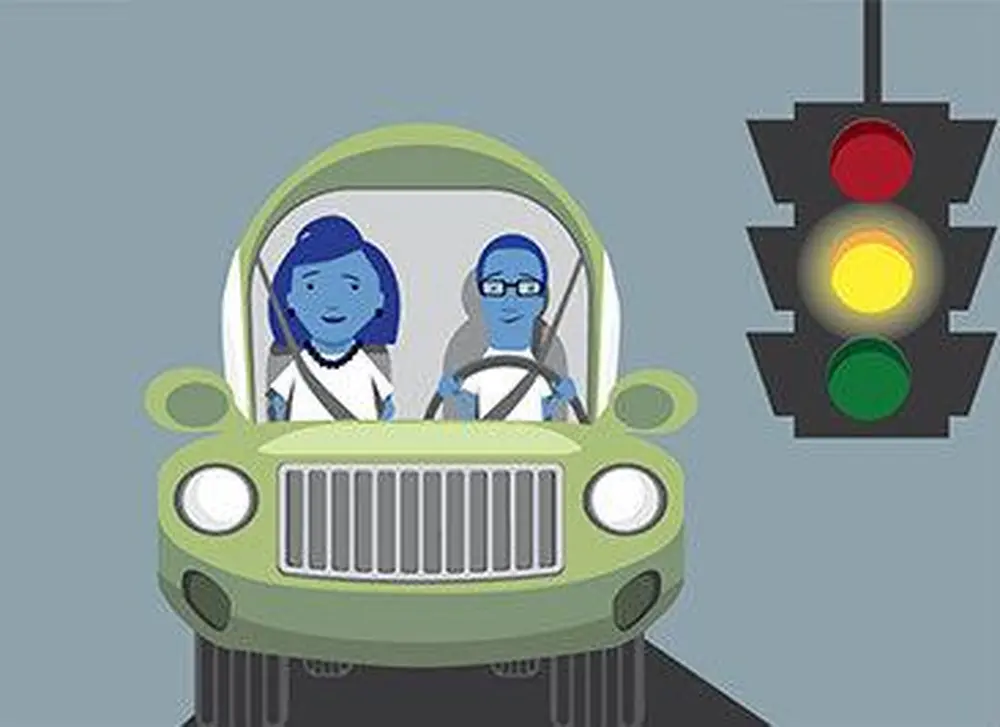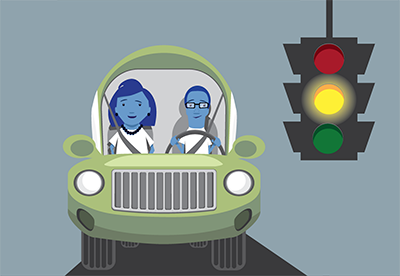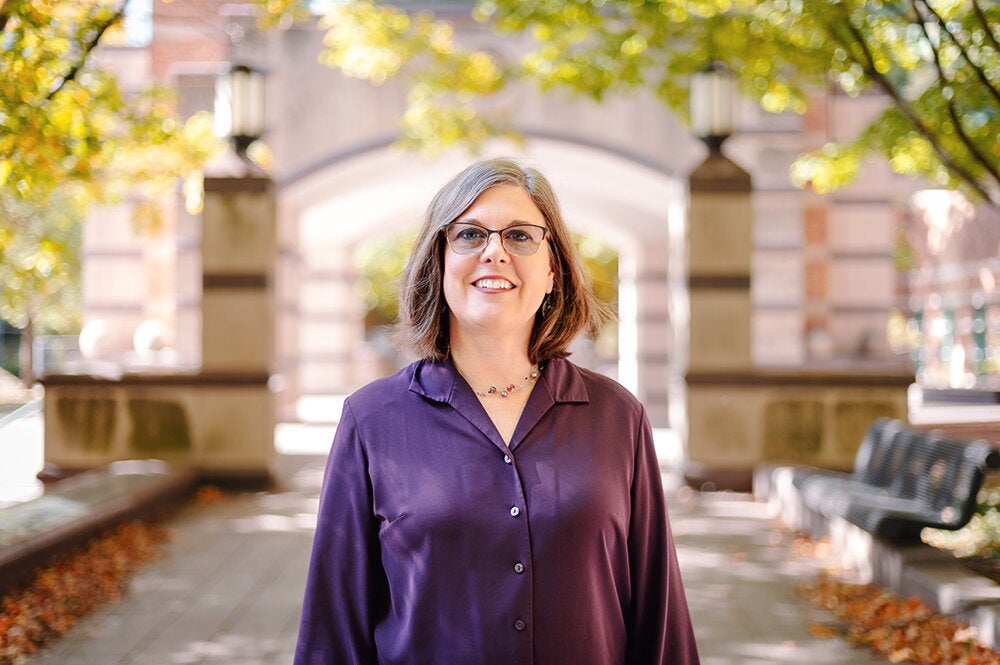

Driving lessons and scary videos aside, psychologists studying blood flow in the brain have learned that there’s one good way to stop teenage drivers from taking risks behind the wheel: Put mom in the passenger seat.
A new study at the University of Illinois found that for teenagers, blood flow to the ventral striatum, a “reward center” in the brain, is affected by a mother’s presence. When teenagers are alone, blood flow to the ventral striatum increases when they take a risk.
Put mom in the passenger seat, however, and lo and behold, racing through that intersection just doesn’t quite tickle the ventral stratium like it did before. Not only that, but for teen drivers, the parts of the brain that regulate behavior kick into gear when they are driving safe—but only if mom is there.
Eva Telzer, the professor of psychology who led the study, says previous research has demonstrated that the ventral stratium is more sensitive to rewards in adolescence than during any other developmental period. The prevailing view, she adds, is that this peak in reward sensitivity underlies adolescent risk-taking.
Laurence Steinberg, a professor of psychology at Temple University, found that peers significantly increased risk-taking among teens. That’s why Telzer wanted to see what happened to risk-taking when, instead of friends, mothers were brought into the equation.
In the study, reported in the journal Social Cognitive and Affective Neuroscience, 14-year-old subjects completed a simulated driving task while researchers tracked blood flow in their brains. In one trial, the teen driver was alone; in another, the teen’s mother was present and watching.
Telzer and her colleagues observed that teens driving alone found risky decisions rewarding. Blood flow to the ventral striatum, a “reward center” in the brain, increased significantly when teen drivers chose to ignore a yellow stoplight and drove through the intersection anyway.
A mother’s presence, however, blunted the thrill of running the yellow light, Telzer and her colleagues found. Mom’s presence caused teens to step on the brakes at yellow lights significantly more than when they were alone. The teens went from about 55 percent risky choices to about 45 percent when their mother was watching—a big drop.
“When mom is there, the heightened ventral striatum activation during risky decisions goes away,” Telzer said. “Being risky, it appears, is no longer rewarding in the presence of mom.”
Another brain region, the prefrontal cortex (PFC), kicked into gear when the teens put on the brakes – but only when their mom was watching, the researchers found. The PFC is important to behavioral regulation, also called “cognitive control,” Telzer said.
“When they make safe decisions, when they choose to stop instead of going through that intersection, the prefrontal cortex comes online,” she said. “It’s activated when mom is there, but not when they’re alone.” (See graphic.)
The PFC (the control center) and the ventral striatum (the reward center) are key brain regions involved in adolescent risk-taking behavior, Telzer said. But in the absence of a well-developed control center, adolescents are more susceptible to the stimulating allure of risky behavior.
“Here we’re showing that mom reduces the rewarding nature of risk-taking and increases activation of the prefrontal cortex during safe behavior,” Telzer said. “And so these two mechanisms help adolescents to think twice before running the intersection. A parent’s presence is actually changing the way the adolescent is reasoning and thinking about risk—and this increases their safe behavior.”
The National Science Foundation and the Department of Psychology funded this study.


